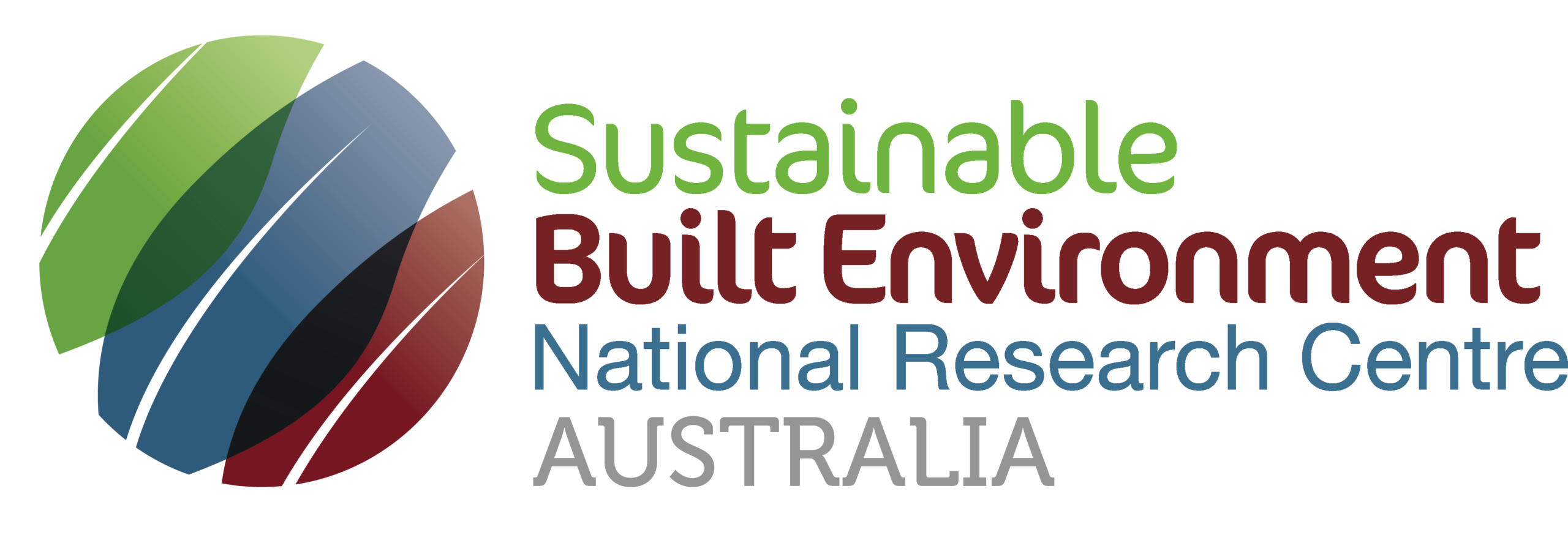
1.31 Rethinking Social Housing: Effective, Efficient & Equitable (e3)

Project Number
1.31Round
Round 3Date
October 2014 - March 2016Research Team

Project Leader
Dr Judy Kraatz
BDesSt(Hons) BArch(Hons) PhD
Senior Research Fellow
j.kraatz@griffith.edu.au

Deputy Project Leader, Curtin University
Dr Annie Matan
Curtin University
Lecturer
anne.matan@curtin.edu.au
Documents for Downloading
Presentations
Rethinking Social Housing (e6) – efficiency, effectiveness, equity, economy, environment, evaluation – Australian Housing Researcher’s Conference, 18-20 February 2015, Hobart, Australia
Rethinking Social Housing (e6) – efficiency, effectiveness, equity, economy, environment, evaluation – Curtin University Sustainability Policy Unit (CUSP) Seminar, 11 March 2015, Curtin University, Perth, Australia
This project will work closely with both public sector housing authorities and private sector organisations to inform the on-going delivery of social housing to further develop success criteria in the delivery of social housing in Australia.
The project seeks to develop a Strategic Evaluation Framework which can identify and capture both specific housing and non-housing impacts associated with delivery. This includes traditional externalities (such as health and employment impacts), as these costs may remain within the State, or be impacted by asset-specific decision-making after the transfer of housing asset.
The identification of the key characteristics of success in terms of both housing and non-housing outcomes, in the context of stakeholder, political and resource issues, is important. Economic and non-economic, quantitative and qualitative criteria will be considered across the life-cycle of provision encompassing both asset (from design to asset retirement) and occupant (from homelessness to home-ownership) outcomes.
Developing a framework to capture data, identify benchmarks and metrics, and test models to provide a stronger evidence-base for decision-making is targeted to better inform the outcomes and impacts of social housing for all stakeholders (e.g. residents, providers, tax-payers, residents and neighbourhoods).
Objectives
The project includes the development of a Strategic Evaluation Framework which addresses the return on investment for housing and non-housing outcomes through:
Part 1 – Meta-analysis of international and Australian best-practice in the delivery of social housing programs (including a review of the literature).
Potential areas for investigation may include:
- Clarification of definitions, datasets, benchmarks, measures, and metrics used in the delivery of social housing, from provision to occupancy.
- Characteristics of an effective and sustainable system for delivery, in terms of performance of both housing and non-housing related outcomes.
- Direct and indirect costs associated with the delivery and occupancy, including externalities, and effective ways to minimise such costs.
- Innovative models in housing development systems, such as transit oriented developments, and their impact on affordability.
- Innovation in the built form and its acceptability, for example: matching housing options to lifestyle needs; and technical efficiencies that improve whole-of-life cycle outcomes.
- Benefits and costs of various pathways to effective ownership.
Part 2 – Development of a provisional Strategic Evaluation Tool for social housing delivery.
This framework will allow for the on-going testing, quantification and benchmarking of key criteria and characteristics identified through: (i) discussion with project partners; and (ii) the meta-analysis undertaken in Phase 1. Test case evaluations will be undertaken for concept and data checking, prior to more comprehensive pilots of framework in the proposed Phase 2 (2015-2018).
The framework would create appropriate benchmarks, metrics, and indicators of efficiency and value creation to support the assessment of options for the provision of social housing. The aim is to identify the level of value created, and to scan and evaluate delivery against defined housing and non-housing metrics and outcomes.
Key criteria for the development of the framework will be identified in conjunction with project partners, and consider issues such as:
- Viability; matching between stock and users; growth; what it needs to address; and characteristics of the future system.
- Perception-checking of value to identified stakeholders including occupants, community, and providers.
- The acceptability of various technology-based cost saving options (design, construction and operational).
- Externalities and values, and establishing boundaries for both.
- What data exists (national and state-by state) and how this can be integrated.
- Tracking of broader non-housing relating outcomes over time











